Guest post by Abinadi Meza, artist, professor, and Director of Interdisciplinary Initiatives in the Kathrine G. McGovern College of the Arts at the University of Houston. His research interests include the politics of art, architecture, technology, and representation. In 2015 Meza co-founded Desert Unit for Speculative Territories (DUST), an experimental research studio working at the intersection of spatial practice, critical theory, and contemporary art. DUST is a collaborative initiative of the University of Houston and the École Supérieure des Beaux-arts de Nantes Métropole. In this post he writes about visual documentation and problems of representation related to the complex physical and psychological spaces of the US/Mexico borderlands. This post coincides with a re-transmission of the images first guest-tweeted from the border, you can follow or view these on Twitter @DustHQ.
‘In time, those Unconscionable Maps no longer satisfied, and the Cartographers Guilds struck a Map of the Empire whose size was that of the Empire, and which coincided point for point with it.’ – Jorge Luis Borges, in On Exactitude in Science
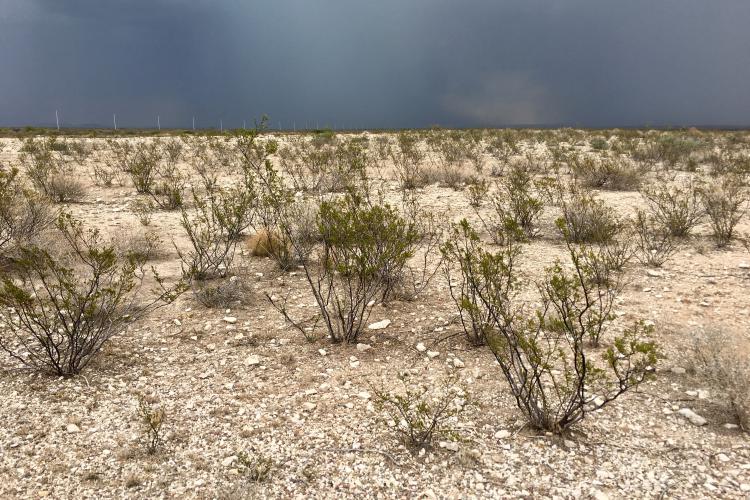
In June 2017 we embarked from Houston, Texas for the Trans-pecos region of the Chihuahuan Desert to conduct creative fieldwork. We, a group of 15 artists, filmmakers, writers, and performers, set out to create new artworks engaging poetic as well as political sites, speculative worlds as well as concrete geographies, spatial agencies, and possibilities for intervention. Working across a range of media including video, photography, creative writing, sound, painting, performance and sculpture, we created a number of new artworks in situ, culminating with a public exhibition in Marfa, Texas. As we crossed the mostly desertic landscapes of the Texas-Mexico borderlands we also guest-tweeted from the Border Criminologies Twitter account, sharing images from our explorations. Our goal here was to transmit a kind of human-scaled cartography, emblems of encounters with biopolitical forces exerted on and by bodies, and psychopolitical forces exerted on and by the psyche.
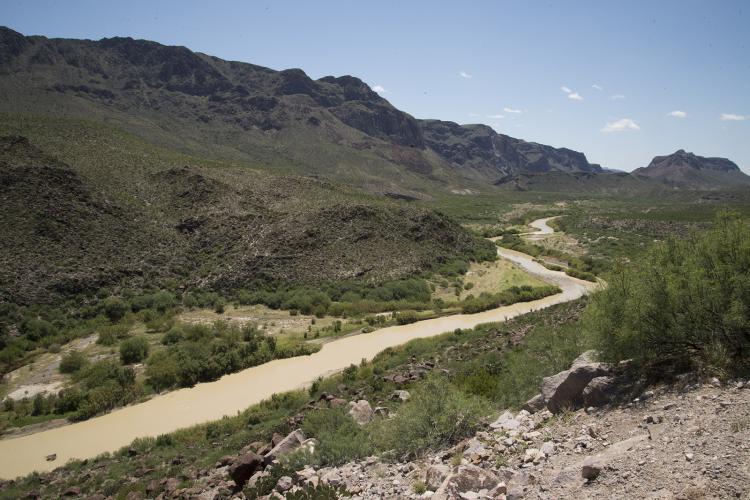
The desert surrounding the Texas-Mexico border is unquestionably lethal; everywhere one is reminded of this. Like all extreme environments the desert as a human site wouldn’t be possible without our many layers of protective technologies: insulating barriers, artificial climates, pipelines, powerlines, and supply lines—indeed, for many the desert is primarily experienced (and reduced) to an image gazed upon from behind a windshield. This landscape is visually stunning to behold, certainly, but outside the physically-protected bubble it can be excruciating, bewildering, punishing even, to inhabit. One feels utterly human, that is, utterly dependent and utterly vulnerable in such a space.
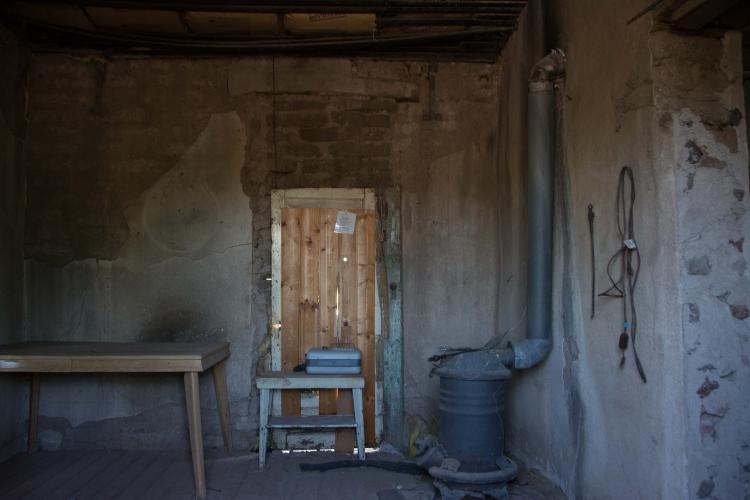
In spite of their barrenness, or perhaps as a result of it, American deserts are a kind of repository of the devices, interfaces, and prosthetics upon which epochal dreams of abundance and access have been built—range fences, windmills, railroads, airstrips, oil rigs, highways, air-conditioned retreats, communications towers, atomic test sites, rocket launchpads, data storage arks. Everywhere a reminder of the necessary equipment—the machinery of worlds. Apparatuses overlap and co-mingle in this zone; a Porsche idles alongside a rider on horseback waiting for a freight train to pass, while a PrecisionHawk drone surveys a field of workers harvesting with hand tools.
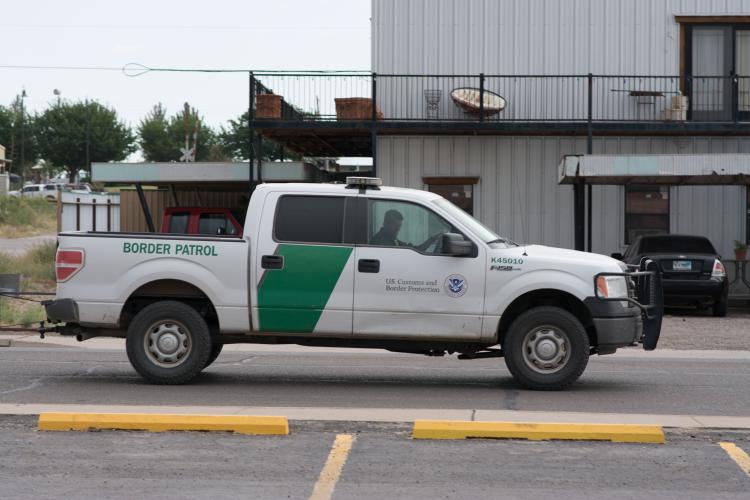
We came to these borderlands from various backgrounds and migrational paths; most of us children of recent immigrants and/or immigrants ourselves, so the political conflicts and traumas of this zone were deeply and personally felt. Thus, we found ourselves crossing a complex terrain of narratives—actual, fictional, inherited, absorbed, appropriated, projected, individual, collective. As artists we were keenly aware that no eye is neutral, no frame is neutral, no representation is neutral, and neither can they be comprehensive, nor total. We all intentionally or unintentionally bring something in to the encounter from outside, and something always remains missing in the images we take away. We kept going, kept navigating the borderscape, walking, touching, listening, looking…a set of living sensors, collecting.
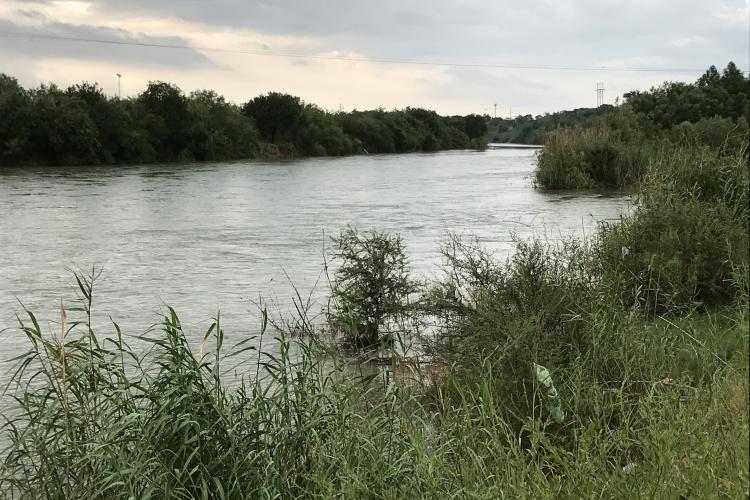
Art expands sentience; as much as it is a technology of perceiving, it is also a technology of sensing and feeling. In this way the arts can bear witness to the human factors, implications, and consequences of border policies and politics, capturing what remains outside the frame of statistics and data. Art, as a technology for producing visibility and presence, is necessary in the process of defining, describing, navigating, and questioning the world; it can speak powerfully to vital parts of ourselves that other information doesn’t quite reach. With this in mind, we hope that these fragments of an ongoing mapping help vivify these desert borderlands for you.
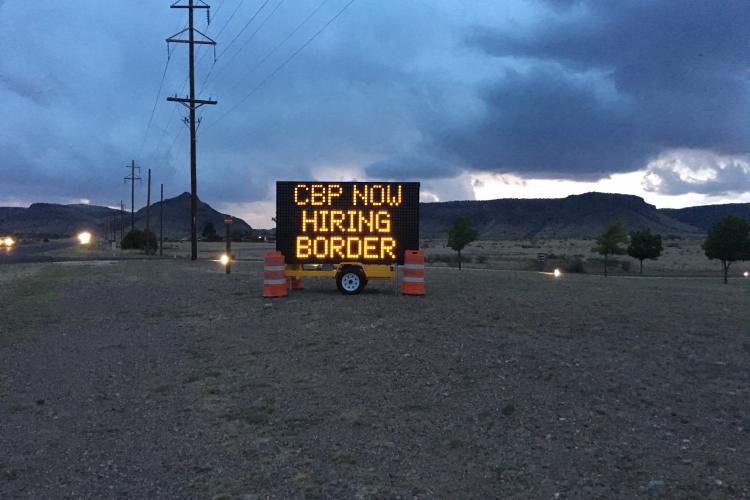
Any comments about this post? Get in touch with us! Send us an email, or post a comment here or on Facebook. You can also tweet us.
__________
How to cite this blog post (Harvard style)
Meza, A. (2017) Land Marks: Scenes from a Borderscape. Available at: https://www.law.ox.ac.uk/research-subject-groups/centre-criminology/centreborder-criminologies/blog/2017/07/land-marks-scene (Accessed [date])
Share:








